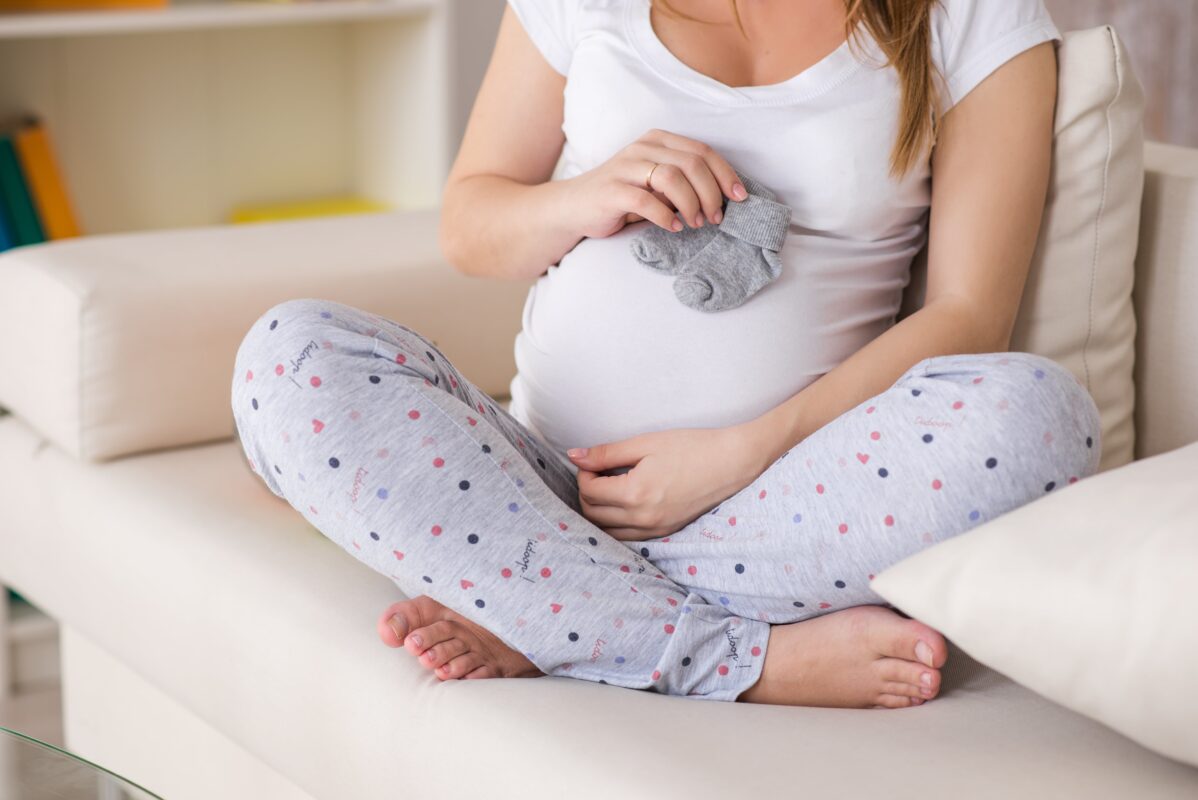Pregnancy is a transformative and joyous time for many women, but for those with scoliosis, it can bring additional challenges. Scoliosis, a condition characterized by an abnormal curvature of the spine, affects approximately 2-3% of the population. This article explores the impact of scoliosis on pregnancy, including changes in the spine and pelvis, potential complications, effects on fetal development, and recommendations for managing the condition during pregnancy.
脊柱側湾症を理解する
Scoliosis is a complex condition that can develop during childhood or adolescence, but it can also be present in adults. It is often diagnosed during routine screenings or when individuals experience symptoms such as back pain, uneven shoulders, or an asymmetrical waistline. The severity of scoliosis can vary, ranging from mild to severe curvature of the spine.
The Impact of Scoliosis on Pregnancy
Pregnancy can exacerbate the symptoms of scoliosis due to the changes that occur in a woman’s body. As the uterus expands to accommodate the growing fetus, the center of gravity shifts, placing additional strain on the spine. This shift can lead to increased discomfort and pain for pregnant women with scoliosis.
Changes in the Spine and Pelvis during Pregnancy
During pregnancy, hormonal changes cause ligaments to loosen, preparing the body for childbirth. This loosening can affect the stability of the spine and pelvis, potentially worsening the curvature in women with scoliosis. Additionally, the increased weight and pressure on the spine can lead to further misalignment.

Potential Complications for Pregnant Women with Scoliosis
Pregnant women with scoliosis may experience a higher risk of certain complications. These can include increased back pain, difficulty breathing due to reduced lung capacity, and an increased risk of developing gestational diabetes or preeclampsia. Close monitoring by healthcare providers is essential to ensure the best possible outcomes for both mother and baby.
Effects of Scoliosis on Fetal Development
While scoliosis itself does not directly impact fetal development, the potential complications associated with the condition can indirectly affect the baby. For example, reduced lung capacity in the mother can limit the oxygen supply to the fetus, potentially leading to growth restrictions. Receiving appropriate prenatal care is essential for minimizing these risks.
Managing Scoliosis during Pregnancy

Preconception Planning for Women with Scoliosis
Women with scoliosis who are planning to conceive should consult with their healthcare provider to discuss any potential risks or concerns. Ensuring that the spine is as stable as possible before pregnancy can help minimize complications during gestation.
Prenatal Care and Monitoring for Pregnant Women with Scoliosis
Regular prenatal check-ups are crucial for pregnant women with scoliosis. Healthcare providers will monitor the progression of the condition, assess any changes in symptoms, and address any potential complications. Additional imaging, such as X-rays or MRIs, may be necessary to evaluate the spine and pelvis accurately.
脊柱側湾症の妊婦のための運動と理学療法
Engaging in appropriate exercise and physical therapy can help manage the symptoms of scoliosis during pregnancy. Strengthening exercises can improve posture and alleviate back pain, while stretching exercises can increase flexibility and reduce muscle tension. It is essential to consult with a healthcare provider or physical therapist to develop a safe and effective exercise routine.

Pain Management and Medication Considerations
Pregnant women with scoliosis may experience increased pain and discomfort. Non-pharmacological approaches, such as heat therapy, massage, and acupuncture, can provide relief. If medication is necessary, healthcare providers will carefully consider the potential risks and benefits to both the mother and the baby.
Delivering a Baby with Scoliosis
The method of delivery for women with scoliosis depends on various factors, including the severity of the spinal curvature and any potential complications. Vaginal delivery is typically possible for most women with scoliosis, but in some cases, a cesarean section may be recommended to minimize the risk of injury to the spine.
結論
Scoliosis can have a significant impact on pregnancy, affecting both the mother and the baby. However, with proper management and monitoring, women with scoliosis can have successful pregnancies. It is crucial for healthcare providers to work closely with pregnant women with scoliosis to ensure the best possible outcomes and minimize any potential complications. By understanding the unique challenges faced by these women, we can provide the support and care they need to navigate this transformative journey.
参考文献
- Asher, M. A., & Burton, D. C. (2006).「思春期特発性側弯症:自然史と長期的治療効果".側弯症, 1(1), 2.
- Negrini, S., Donzelli, S., Aulisa, A. G., et al."2016 SOSORTガイドライン:成長期の特発性側弯症の整形外科治療とリハビリテーション治療".側弯症と脊椎疾患, 13(1), 3.
- Hresko, M. T. (2013)."思春期の特発性側弯症".The New England Journal of Medicine, 368(9), 834-841.
- Weinstein, S. L., Dolan, L. A., Cheng, J. C., et al."思春期特発性側弯症"The Lancet, 371(9623), 1527-1537.
- Lonstein, J. E., & Carlson, J. M. (1984).「未治療の特発性側弯症における成長期のカーブ進行の予測。The Journal of Bone and Joint Surgery, 66(7), 1061-1071.
- Ceballos-Laita, L., Tejero-Garcés, L., & Jiménez-Castillejo, R. (2018)."思春期特発性側弯症における理学療法の役割:系統的レビュー".側弯症と脊椎疾患, 13(1), 18.
- Richards, B. S., Bernstein, R. M., D'Amato, C. L., & Thompson, G. H. (2005).「思春期特発性側弯症の装具研究における基準の標準化:SRS Committee on Bracing and Nonoperative Management".Spine (Phila Pa 1976), 30(18), 2068-2075.
- Negrini, S., Grivas, T. B., Kotwicki, T., et al.「なぜ思春期特発性側弯症の治療をするのか?患者にとって得たいもの、避けたいもの。SOSORT 2005コンセンサスペーパー".側弯症, 1(1), 4.
- Wong, M. S., Cheng, J. C., & Lam, T. P. (2008)."思春期特発性側弯症における脊柱変形と体の対称性に及ぼす硬性脊柱装具と軟性脊柱装具の効果".European Spine Journal, 17(8), 1102-1108.
- Monticone, M., Ambrosini, E., Cazzaniga, D., et al."能動的自己矯正と課題指向型エクササイズは、軽度の思春期特発性側弯症の被験者において脊柱変形を減少させ、QOLを改善する:ランダム化比較試験の結果"European Spine Journal, 25(10), 3113-3121.
- Weinstein, S. L., Zavala, D. C. (2013). “Managing adolescent idiopathic scoliosis conservatively.” Orthopedic Clinics of North America, 44(3), 309-319.
- Rigo, M., Villagrasa, M., & Gallo, D. (2011). “A specific scoliosis classification correlating with brace treatment: description and reliability.” Scoliosis, 6(1), 5.
- Bunnell, W. P. (2005). “Selective screening for scoliosis.” Clinical Orthopaedics and Related Research, 434, 40-45.
- Negrini, S., Zaina, F., Donzelli, S., et al. (2015). “Rehabilitation of adolescent idiopathic scoliosis: Results of the Italian PRISMA project.” Scoliosis and Spinal Disorders, 10(1), 18.

